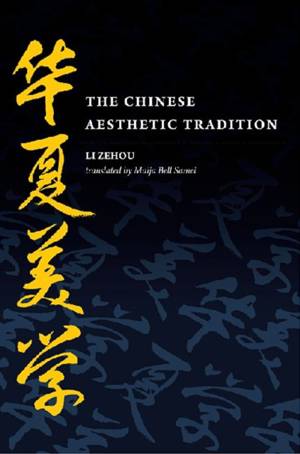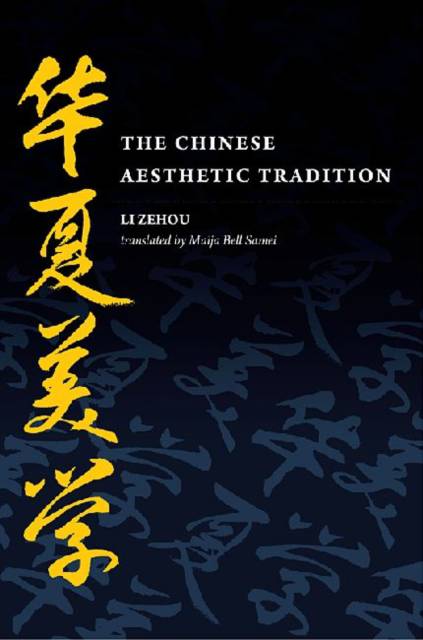
- Afhalen na 1 uur in een winkel met voorraad
- Gratis thuislevering in België vanaf € 30
- Ruim aanbod met 7 miljoen producten
- Afhalen na 1 uur in een winkel met voorraad
- Gratis thuislevering in België vanaf € 30
- Ruim aanbod met 7 miljoen producten
Omschrijving
Li Zehou (b. 1930) has been an influential thinker in China since the 1950s. Before moving to the U.S. in the wake of the Tiananmen Square protests of 1989, Li published works on Kant and traditional and contemporary Chinese philosophy. The present volume, a translation of his Huaxia meixue (1989), is considered among Li's most significant works. Apart from its value as an introduction to the philosophy of one of contemporary China's foremost intellectuals, The Chinese Aesthetic Tradition fills an important gap in the literature of Chinese aesthetics in English. It presents Li's synthesis of the entire trajectory of Chinese aesthetic thought, from ancient times to the early modern period, incorporating pre-Confucian and Confucian ideas, Daoism, Chan Buddhism, and the influence of Western philosophy during the late-imperial period. As one of China's As one of China's major contemporary philosophers and preeminent authority on Kant, Li is uniquely positioned to observe this trajectory and make it intelligible to today's readers.
The Chinese Aesthetic Tradition touches on all areas of artistic activity, including poetry, painting, calligraphy, architecture, and the "art of living." Right government, the ideal human being, and the path to spiritual transcendence all come under the provenance of aesthetic thought. According to Li this was the case from early Confucian explanations of poetry as that which gives expression to intent, through Zhuangzi's artistic depictions of the ideal personality who discerns the natural way of things and lives according to it, to Chan Buddhist-inspired notions that nature and words can come together to yield insight and enlightenment. In this enduring and stimulating work, Li demonstrates conclusively the fundamental role of aesthetics in the development of the cultural and psychological structures in Chinese culture that define "humanity."Specificaties
Betrokkenen
- Auteur(s):
- Uitgeverij:
Inhoud
- Aantal bladzijden:
- 278
- Taal:
- Engels
Eigenschappen
- Productcode (EAN):
- 9780824833077
- Verschijningsdatum:
- 12/11/2009
- Uitvoering:
- Hardcover
- Formaat:
- Genaaid
- Afmetingen:
- 147 mm x 229 mm
- Gewicht:
- 589 g

Alleen bij Standaard Boekhandel
Beoordelingen
We publiceren alleen reviews die voldoen aan de voorwaarden voor reviews. Bekijk onze voorwaarden voor reviews.











